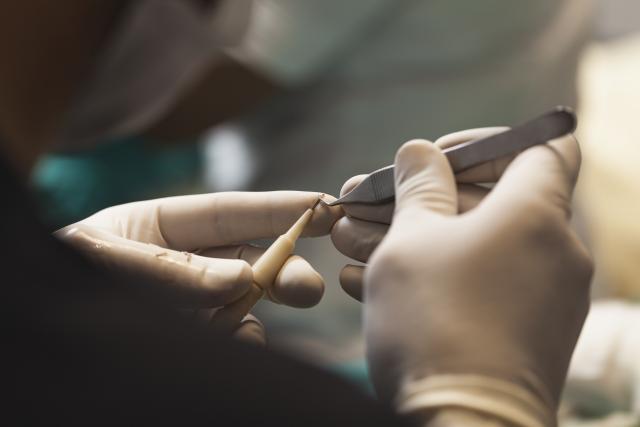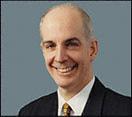Avacor. Is it worth the price?

One product you used to see quite often in advertising is Avacor. According to Response magazine, Avacor was the third best selling product on the Internet in April, 2002. Avacor was originally manufactured by Global Vision Products. After being taken over by new management, it is now being manufactured by Avacor Products LLC.
Like most products that advertise 'Stop Hair Loss and Regrow Hair!', Avacor contains the only FDA approved topical drug minoxidil. Avacor, like other products with similar claims, mixes FDA approved drugs in their generic form with other ingredients in a multiple regimen of products like shampoo, lotion and vitamins.
Avacor historically cost approximately $239 for a two to three month supply and over $1000 for a year’s worth. New prices are much more reasonable which range from $180 for a 3 month supply to $400 for a year’s supply of the men’s and women’s formula. Note that the ingredients in Avacor can be bought over the counter at your local store at a fraction of the cost for which they are sold in Avacor. However, they do offer 24/7 customer service and a 90 day money back guarantee.
Marketing Practices
Avacor, like other products with similar claims, has taken a lot of slack over the years for their controversial marketing tactics. Avacor has a checkered past and has previously been the focus of lawsuits and investigative reporting by major media like ABC news. Recently however, new management has taken over and claims they are very serious about selling quality products at more reasonable prices, without the hype and controversial marketing strategies. In looking at their website, while Avacor still uses slick marketing language to promote their products, the vast majority of their claims are much more realistic.
Avacor includes 3 distinct products that claim to provide “total hair care”. This includes a 'Scalp Detoxifying Shampoo', a 'Physicians Topical Formulation' and finally a 'Nutricap'. Avacor's Nutricap ingredients consist mainly of common herbs like saw palmetto, gingko biloba, keratin, resveratrol, and bilberry. While conjectured to inhibit the production of DHT, none of these ingredients are FDA approved or proven to stop hair loss. Avacor’s Physician’s Topical Formulation however, does contain 5% of the FDA approved hair regrowth agent minoxidil.
Other than minoxidil, no other ingredient is proven to regrow hair. A number of studies have been done that suggest saw palmetto inhibits the production of DHT, like Propecia. But, unlike Propecia, it has never been proven to stop or reverse hair loss.
Avacor Products
Avacor admits on their website that the only product proven to regrow hair is the Avacor Physician’s formulation which includes the FDA approved ingredient minoxidil (5% for men and 2% for women). The other products claim to provide hair with the essential nutrients for healthy hair growth but are careful not to claim to prevent the progression of male or female pattern baldness (androgenic alopecia). Perhaps this is why the Avacor Physician’s formulation can now be purchased separately. Costs of the Physician’s Formulation are still, but only a little more expensive than Rogaine topical hair loss treatment, one of the first and most popular topical minoxidil products.
The Avacor Study
At this time, Avacor’s proof comes in the form of the FDA approved study showing that minoxidil can stop and reverse hair loss. No other study is provided with their product. Their website also is much more realistic as to what their product line can accomplish for hair loss suffering consumers.
Confidence in Products and Services
Before you consider spending hundreds of dollars for any product or service, do a review. Legitimate products will have legitimate studies and have been reviewed on many quality websites. Doctors with real talent and satisfied patients will be able to show you dozens of photos and allow you to talk with past patients. Proven physicians will make available their resumes along with their formal education and associations they belong to.
It is always best to review a product or doctor for information on their background before you make a decision for something as important as hair loss and hair restoration.
Conclusion
At the very least, the Avacor Physician’s formulation will be as effective as the Rogaine liquid formula or generic minoxidil. However, to date, both Rogaine and generic minoxidil are more cost effective than Avacor. The nutricap, shampoo, conditioner and other products may promote healthy hair and provide it with volume, but make no claims of stopping hair loss or regrowing hair.

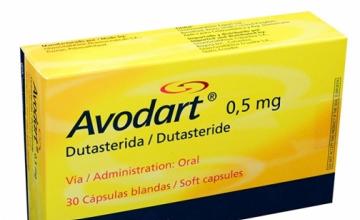

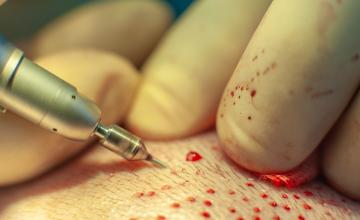

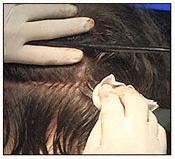
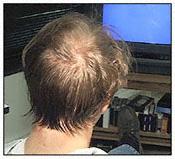
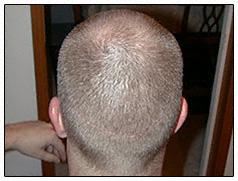

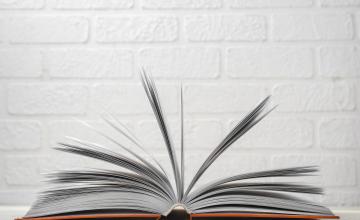
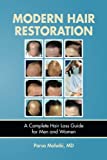



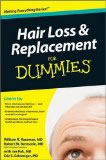

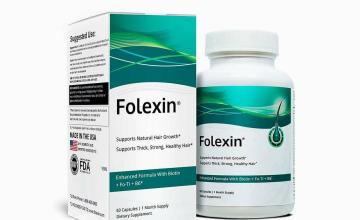
 A Viable Alternative to Propecia in Treating Hair Loss?
A Viable Alternative to Propecia in Treating Hair Loss?







